Facilities
Our Past, Present
& Future
Since its beginning, UW-Green Bay has championed sustainability.
Environmentalism and sustainability aren't just what we do—they're part of our DNA, a legacy that dates back to when we were first dubbed Eco U® by Harper’s Magazine and Newsweek in the early 1970s. But our environmental problems haven't gone away. In order to combat these problems, we need to provide resources and facilities for our students so you can do research and make new discoveries. And we're not just stopping there—we're continually forming partnerships and funding facilities to envision a better future.
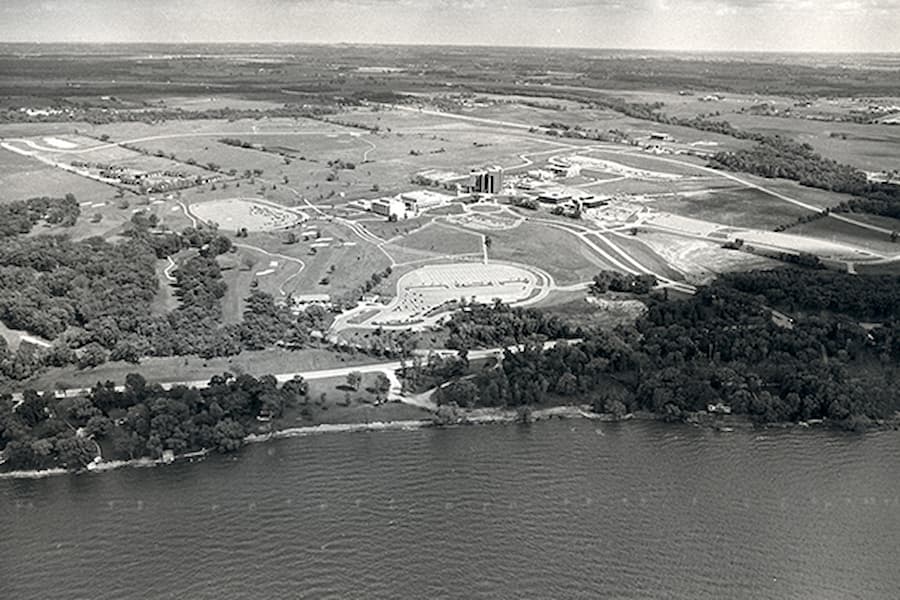
Our World-Class Resources Inside and Out
Our program focuses on hands-on experiences to ensure the words you read on a page come alive in opportunities throughout the region.
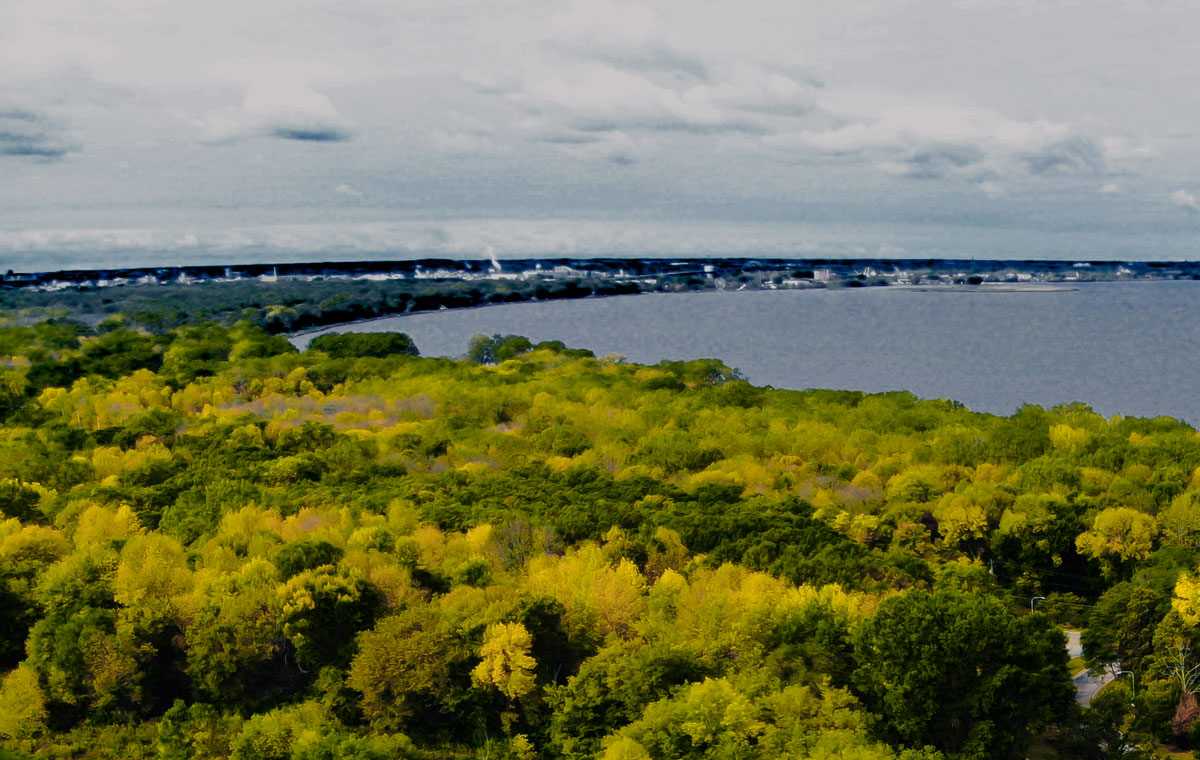
Across the Bay
Research often takes advantage of the University's location on the shores of Green Bay, a short distance from world-class wetlands, the Door Peninsula, extensive Western Great Lakes forests and the Great Lakes themselves.
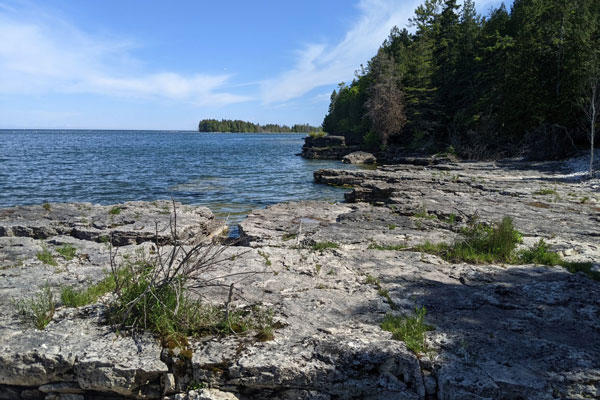
Our Natural Areas
We have five University-managed natural areas: Kingfisher Farm, Peninsula Center, Point au Sable and Toft Point. We also own a permanent forest research site in northern Wisconsin, the Wabikon Forest Dynamics Plot, which is managed by the U.S. Forest Service as part of the Smithsonian Institution's Global Earth Observatory Network.
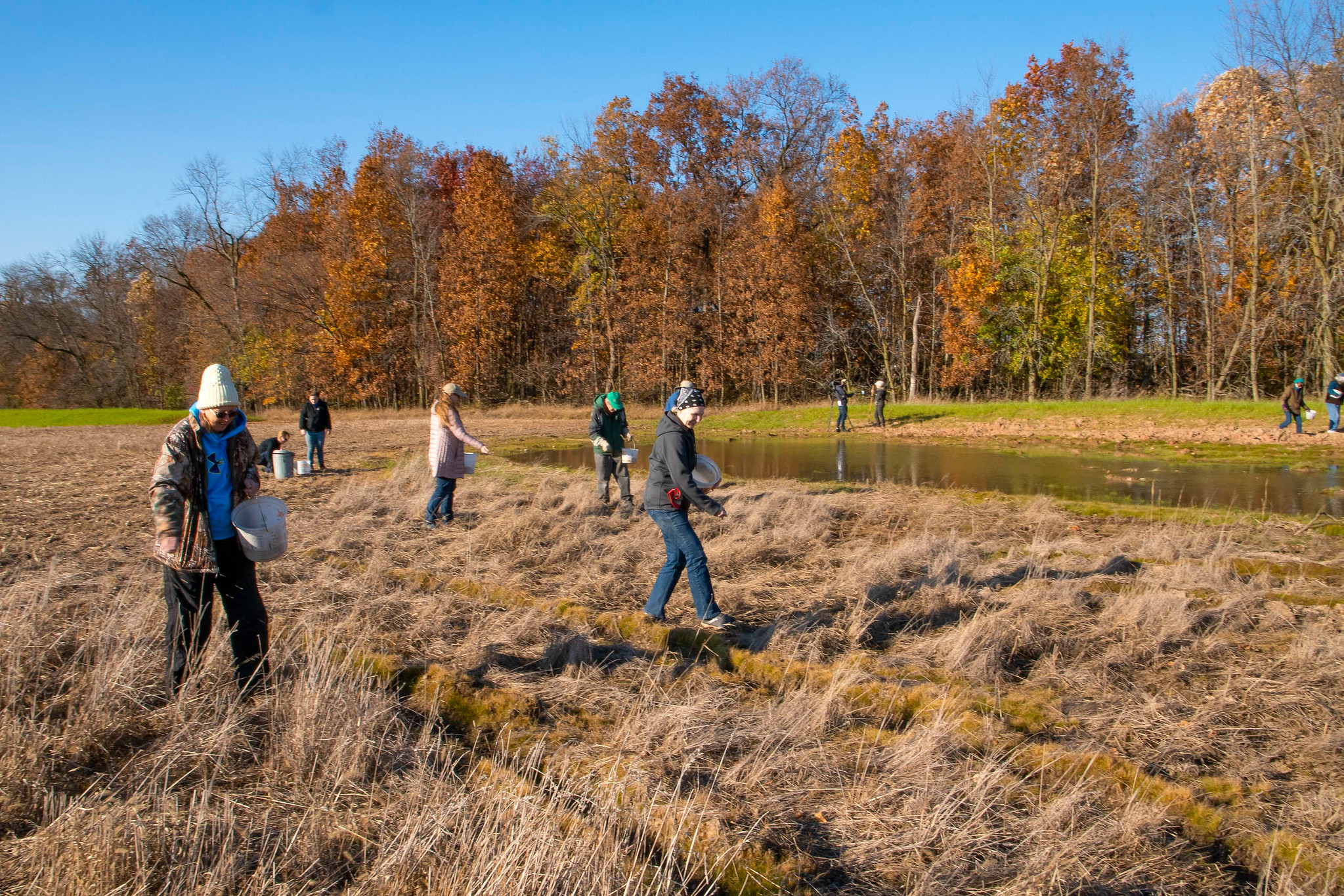
Cofrin Center for Biodiversity
The Cofrin Center for Biodiversity can provide many resources for students, including staff resources and support for research projects. It's conveniently located right on campus.

EMBI
Established in 2008, the Environmental Management & Business Institute seeks to promote environmental awareness and eco-friendly initiatives.
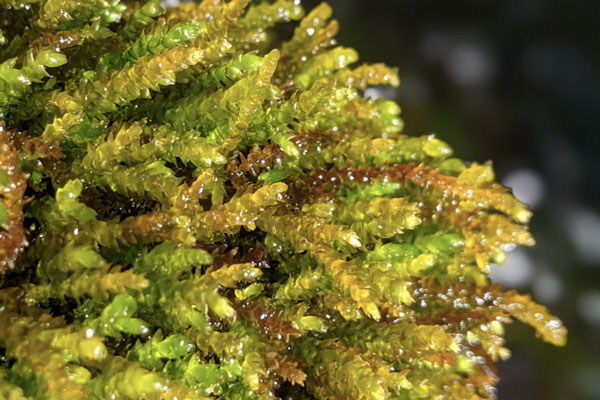
Museum & Herbarium
The Richter Museum of Natural History and University Herbarium provide many resources for ES&P graduate students, including taxonomic collections.
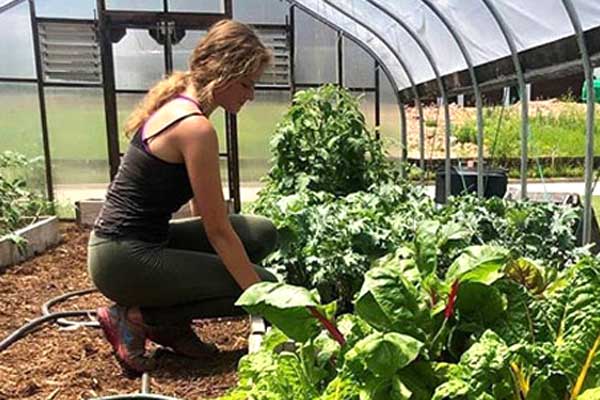
On-Campus Greenhouse
Approximately 230 varieties of plants are grown in the greenhouse at the Green Bay Campus. Here, students can observe plant growth and protect agricultural biodiversity.
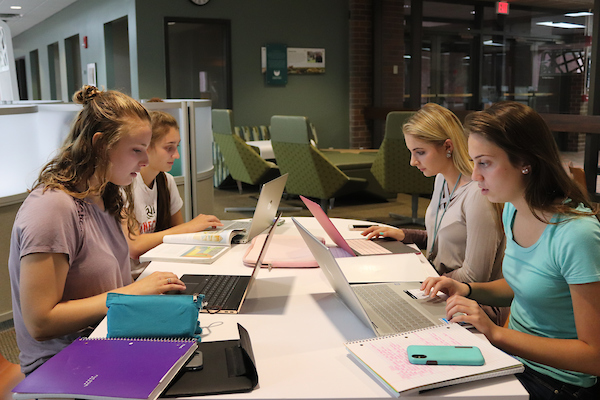
Cofrin Library
The library provides access to many pertinent journals for our students, and interlibrary loans are readily accessible from the broader UW System when sources are not available locally. You can view student theses from 2014-present in the UW-Green Bay Thesis Collection.
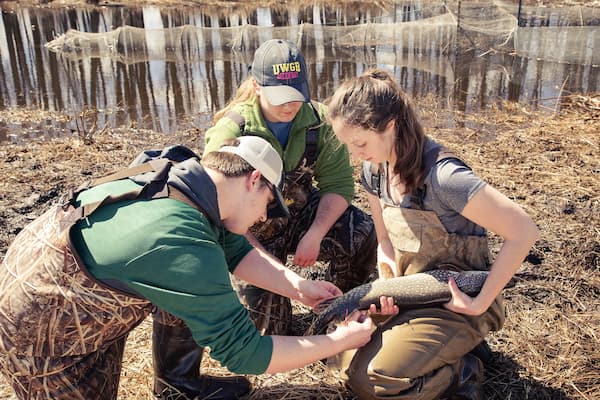
Ongoing Collaborations
UW-Green Bay researchers have established successful ongoing collaborations with regional governmental agencies and conservation organizations, including the U.S. Fish and Wildlife Service, U.S. National Park Service, Wisconsin Department of Natural Resources, U.S. Department of Agriculture, The Nature Conservancy, and NEW Water, as well as local governments and regional businesses and industries.
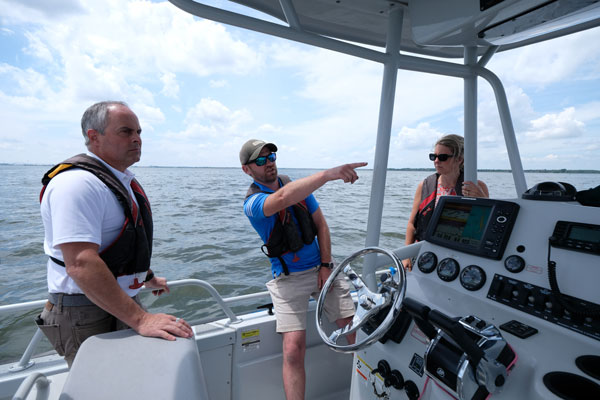
Resources & Equipment
We provide resources like vehicles, boats, ecological monitoring equipment, modeling software and laboratory space to help you conduct research. Ask a potential advisor what equipment is available for your specific area of interest.
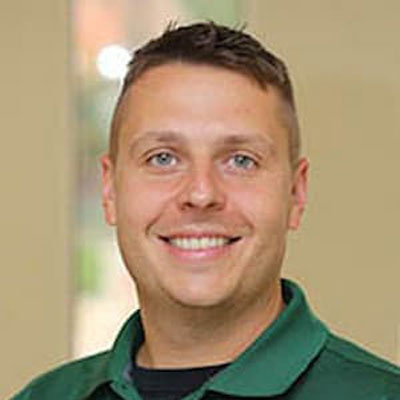
Get Support
Patrick Forsythe is an expert at understanding fish populations. He's also an expert at answering questions from students about our graduate program, too.